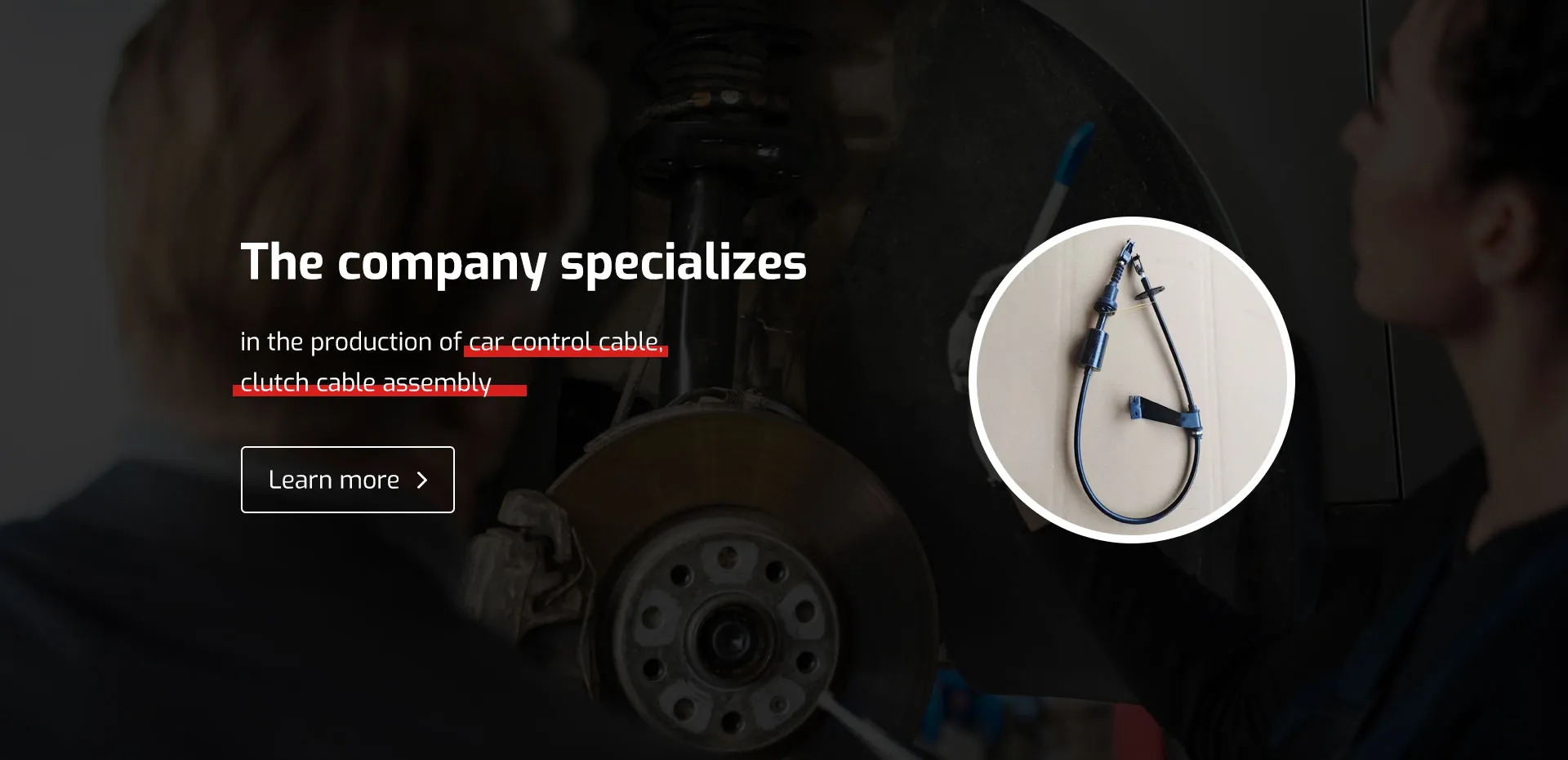dual cable throttle assembly
Understanding Dual Cable Throttle Assembly A Comprehensive Guide
The dual cable throttle assembly is a vital component in many vehicles, particularly in those equipped with internal combustion engines. It plays an essential role in controlling the engine's power output via the throttle mechanism. This article dives deep into the workings of a dual cable throttle assembly, its components, advantages, and the significance it holds in automotive engineering.
What is a Dual Cable Throttle Assembly?
At its core, the dual cable throttle assembly consists of two independent cables one for opening the throttle and the other for returning it to the closed position. This design not only enhances the precision of throttle response but also provides a failsafe mechanism in case one cable fails, ensuring the driver's continued control over the vehicle.
Components of the Dual Cable Throttle Assembly
1. Throttle Cables The two cables are typically made of durable materials, designed to withstand immense tension and wear over time. They connect the accelerator pedal to the throttle body on the engine.
2. Throttle Body This is the component that regulates the air intake to the engine, directly impacting the engine's power output. The throttle body contains the throttle plate, which opens to allow more air into the engine as the accelerator pedal is pressed.
4. Pedal Assembly The accelerator pedal is the driver’s interface with the throttle system. When pressed, it pulls the opening cable, allowing air into the engine. The return cable brings the throttle back to its resting position when the pedal is released.
Working Principle of a Dual Cable Throttle Assembly
dual cable throttle assembly

When a driver presses the accelerator pedal, tension is applied to one of the cables (often referred to as the throttle cable). This action pulls the throttle plate open in the throttle body, allowing more air to flow into the engine, which in turn increases power output. Simultaneously, the second cable (the return cable) is slackened, which helps to maintain a controlled and smooth operation. When the pedal is released, the return cable takes over, pulling the throttle plate back to close, which reduces the airflow and, consequently, the engine power.
Advantages of Dual Cable Throttle Assemblies
1. Safety and Redundancy One of the primary advantages of a dual cable system is the redundancy it provides. In case one cable snaps or becomes stuck, the second cable can still function, preventing a total loss of control.
2. Improved Precision The dual configuration allows for finer control over the throttle response, leading to a more responsive driving experience. This precision is particularly beneficial in performance vehicles where throttle sensitivity is crucial.
3. Mechanical Reliability Unlike electronic throttle control systems, which can be susceptible to electrical issues, a dual cable throttle system is less complex and often more reliable under extreme conditions.
Applications of Dual Cable Throttle Assemblies
While dual cable throttle assemblies have been a standard feature in many traditional automotive designs, they are still prevalent in modern vehicles, especially those that maintain a mechanical linkage for performance or reliability reasons. They are commonly found in motorcycles, race cars, and certain off-road vehicles where robust performance and instant throttle response are critical.
Conclusion
In summary, the dual cable throttle assembly is a critical component that ensures both safety and efficiency in vehicle operation. Its simple yet effective design has stood the test of time, providing drivers with responsive control over their vehicle’s performance. As automotive technology continues to advance, understanding the importance and functionality of such components remains essential for anyone involved in vehicle maintenance, engineering, or performance tuning. Whether for daily commuting or high-performance racing, the dual cable throttle assembly plays a pivotal role in the driving experience.
-
Workings of Clutch Pipe and Hose SystemsNewsJun.04,2025
-
The Inner Workings of Hand Brake Cable SystemsNewsJun.04,2025
-
The Secrets of Throttle and Accelerator CablesNewsJun.04,2025
-
The Hidden Lifeline of Your Transmission Gear Shift CablesNewsJun.04,2025
-
Demystifying Gear Cables and Shift LinkagesNewsJun.04,2025
-
Decoding Clutch Line Systems A Comprehensive GuideNewsJun.04,2025
